The Magnificent Hotel Biron, Home of the Rodin Museum in Paris since 1919
The 18th century palace required extensive updating and a redesign of its interior. It had not undergone full renovation since Auguste Rodin himself used it as his Paris studio until his death in 1917. The renovation has allowed the museum to completely rethink its exhibition space, and to show the work of Rodin and some of his contemporaries, including his pupil and lover Camille Claudel, in a new light. The new layout will highlight the sculptor’s creative development.
In particular, some of his works in plaster have been brought out of storage to be displayed, many for the first time, to illustrate the evolution of his work. The exhibition space, spread across 18 rooms, is both a chronology of Rodin’s life and a thematic exploration of his work. One room, ‘Rodin at the Hôtel Biron’, has recreated the space exactly as it was when the sculptor lived and worked there, with its original furniture, works by Rodin himself and pieces from his vast collection of antiquities, which was an important influence on his work.
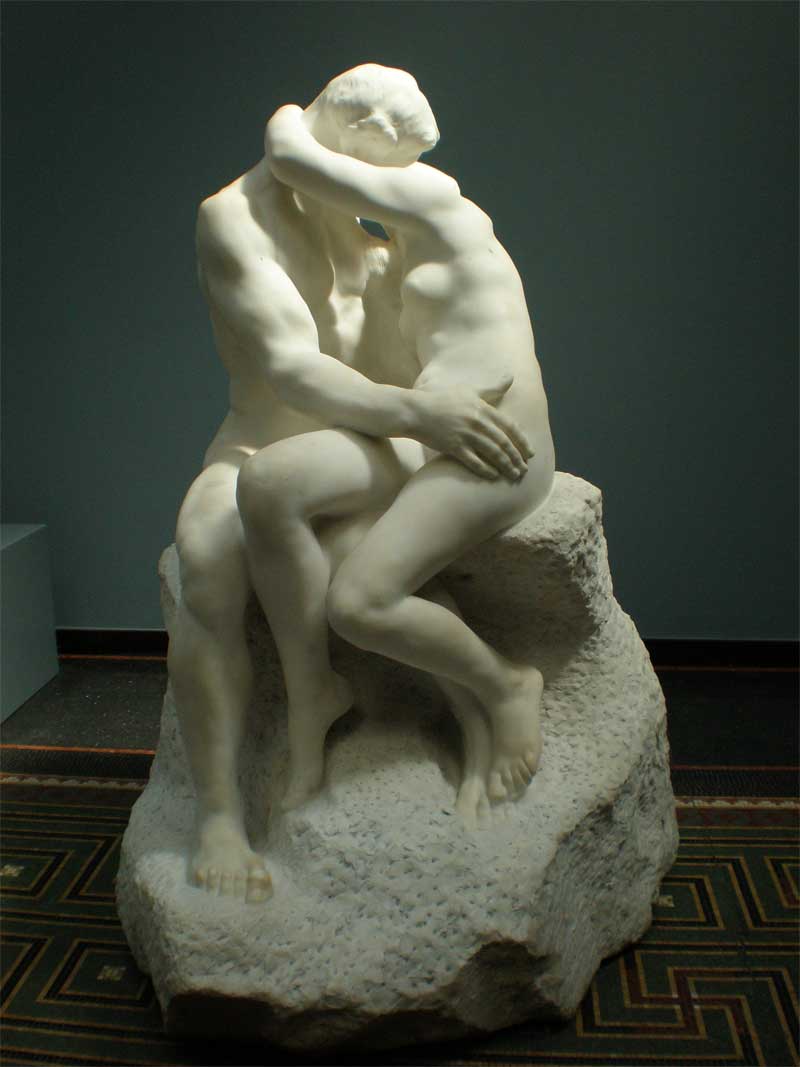
His collection of thousands of fragments of Ancient Greek and Roman sculpture, which Rodin used to buy in job lots from antiques dealers, is the subject of another room, ‘Rodin and Antiquity’. Some 100 pieces from the collection are displayed around Rodin’s seminal Greek influenced sculpture, The Walking Man, reflecting the sculptor’s admiration of antiquity. Rodin also owned a collection of paintings by his contemporaries, and some of these are displayed here, including Le Père Tanguy by Van Gogh, Edvard Munch’s 1907 painting Rodin’s ‘Thinker’ in Dr Linde’s garden in Lübeck, as well as the newly restored Théâtre de Belleville by Eugène Carrière.
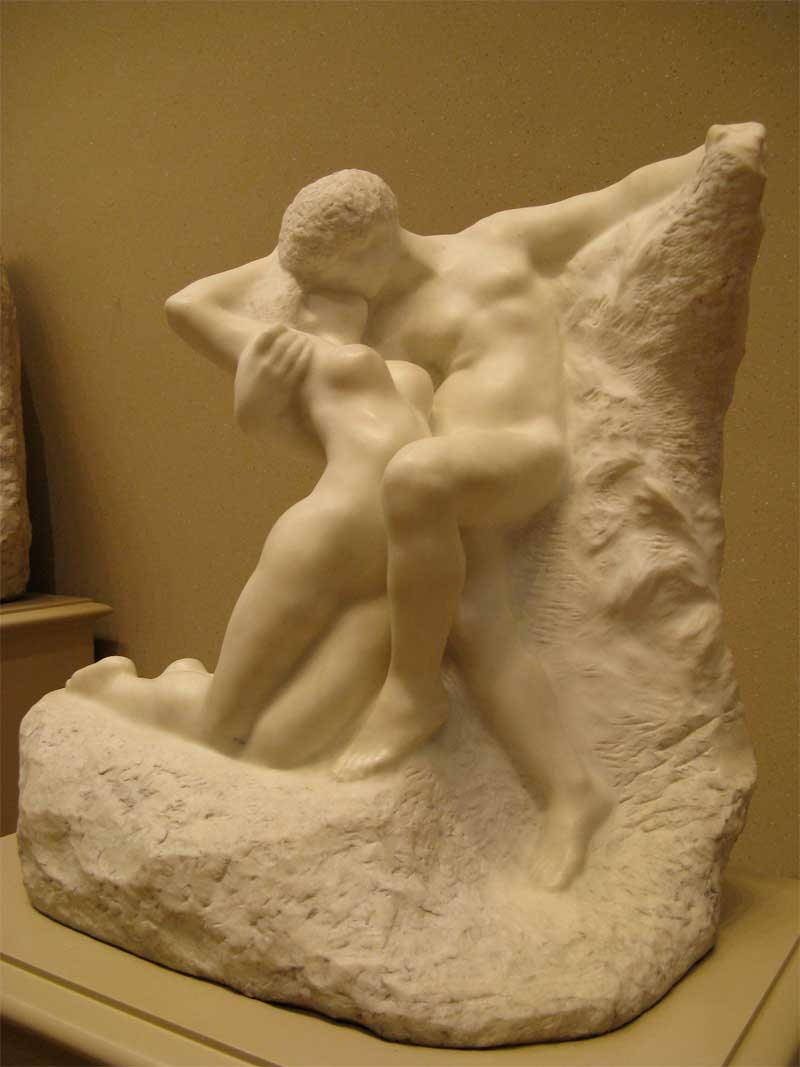
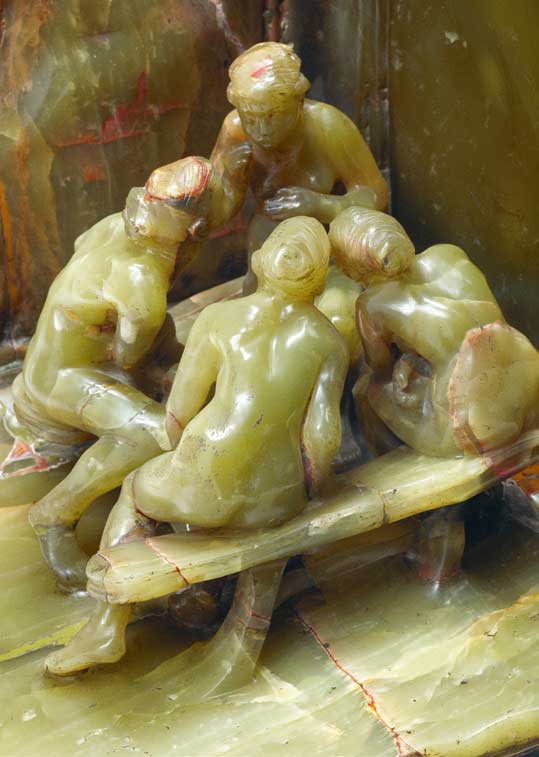
The furniture to display the sculptures in the refurbished space has been specially designed. The Hôtel Biron’s grand, wood-panelled reception rooms have been painted using colours by British craftsmen in paint and wallpaper.
The magnificent parquet flooring had suffered greatly from the museum’s 700,000 visitors a year, and much of it has been replaced. A lift has been installed for easier accessibility, as well as new bathrooms.
HISTORY
“I bequeath to the state all my works in plaster, marble, bronze and stone, together with my drawings and the collection of antiquities that I had such pleasure in assembling for the education and training of artists and workers. And I ask the state to keep all these collections in the Hôtel Biron, which will become the Musée Rodin, reserving the right to reside there for the rest of my life.”
Auguste Rodin to Paul Escudier, [late 1909]
Since its creation, the Musée Rodin has been France’s only non-subsidized national museum, funding all its own salaries and activities. The museum derives most of its income from its commercial activities. Its main sources of funding are revenues generated from ticket sales, profits from the museum shop and space rentals, the sale of original bronze casts and the organization of extra-mural exhibitions, especially outside France.
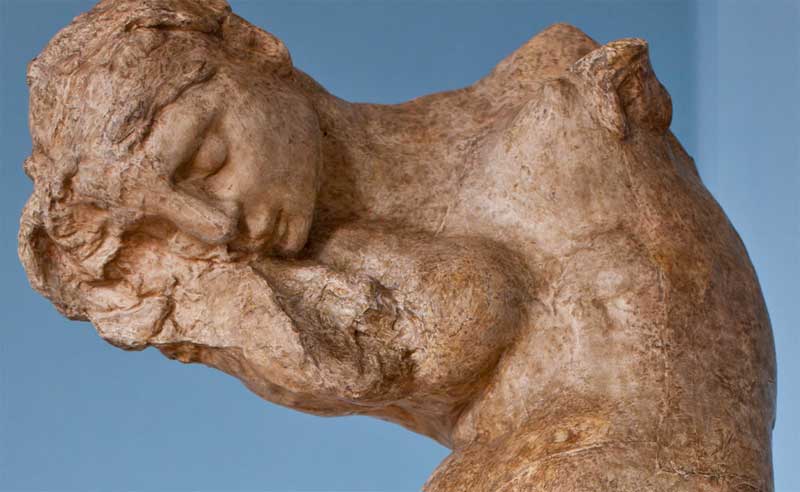
THE CHAPEL
La chapelle vue du jardin de l'hôtel BironIn 1820
The Duchess of Charost, owner of the hôtel Biron, sold the entire property, complete with outbuildings, to three nuns, one of whom was the Reverend Mother Madeleine-Louise-Sophie Barat, founder of the Society of the Sacred Heart of Jesus. The religious congregation soon moved in and opened a boarding school for girls. During their occupancy, many changes were made to the buildings and the grounds, and several small chapels in which the sisters could worship were built.

In 1874, the sale of some of the woodwork decorating the mansion funded the construction of a main chapel, designed by the architect Jean Juste Gustave Lisch. Completed in 1876, the building had a ground plan shaped like a Latin cross but was otherwise neo-Gothic in style, following the trend popular with architects of the day. The interior design of the chapel also drew inspiration from 13th-century churches. The tribune galleries were reserved for the inhabitants of the convent, while worshippers from the outside world only had access to the ground floor.
When the Musée Rodin opened in 1919, the nave was used as an exhibition hall. But not until the 1960s was a serious study undertaken to convert the chapel into a real exhibition space. This was when the entire roof was removed and a glass ceiling inserted to let in the light
In 2003, a renovation programme, headed by architect Pierre-Louis Faloci, modernized and reorganized the exhibition spaces and increased office space for staff, as well as providing storage areas, restoration workshops, archive consultation and conservation rooms and an auditorium. The inauguration of the fully rehabilitated chapel took place in November 2005.
- See more at: musee-rodin.fr
THE MARBLE GALLERY
Exposed to the elements in the gardens of the museum, Rodin’s marbles were gradually covered in moss and began to deteriorate. In 1995, it was decided to exhibit them in the Marble Gallery, now protected by wide glass windows. This manner of presentation has enabled the museum to increase the number of works displayed and to arrange them thematically. Rodin’s marbles have always been much admired by the public and ensured his ongoing celebrity.
THE COLLECTION
Museum's collections include Sculptures, Drawings, Prints, Paintings, Ceramics, Photographies, Classic Arts, Archives
- See more at: musee-rodin.fr/en/collections
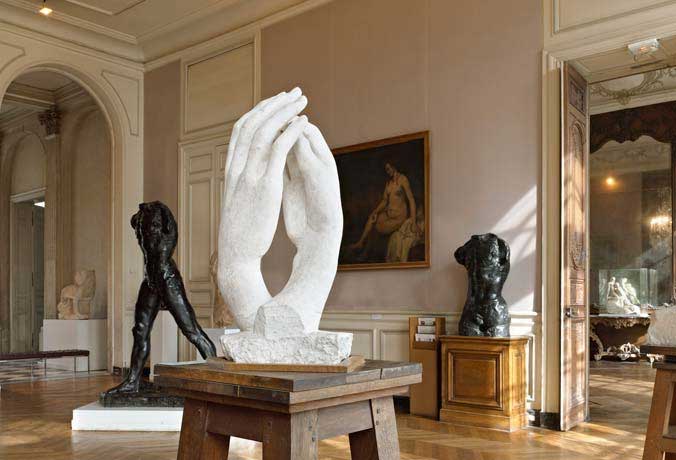
ROOM 8, NEW
This room, reconstructed from period photographs, evokes rodin’s presence at the hôtel biron
which he discovered in 1908 and made into a place where he could exhibit his work and receive
collectors and models. The late 19th-century screen with its decoration of plant motifs recalls the
modeling sessions held in the sculptor’s studio. Busts by Rodin were displayed on wooden
sculptor’s stands, alongside a 14th-century Virgin and Child; Roman torsos stood on wooden
crates. The room was diversely furnished, with a Louis Philippe-style mahogany-veneered
writing desk and an early 19th-century white painted corner cupboard bearing Greek and Chinese
vases. On the floor stood two Japanese bronze perfume-burners, dating from the 19th century.
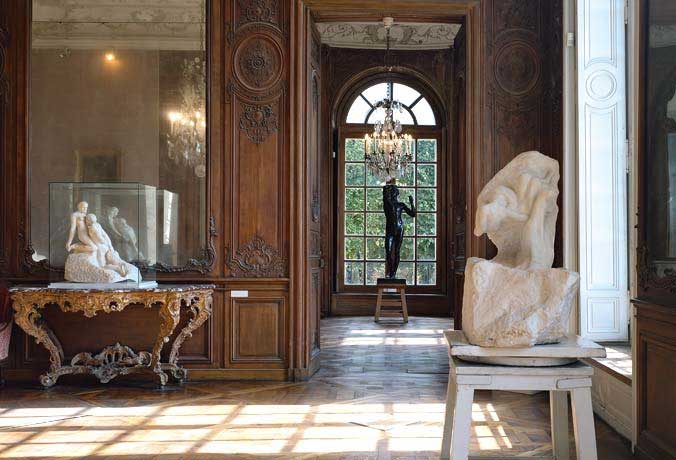
ROOM 17, NEW
“Antiquity is my youth,” declared Rodin, meaning that his passion for Antiquity was a great
source of inspiration. Rodin was a zealous collector of antiquities and, from 1893 onward, bought
thousands of fragments of Greek, Roman and Egyptian sculptures which inspired his artistic
reflection. In both Meudon and Paris, he displayed these pieces among his own works, on crates,
stands or plaster columns. one hundred and twenty-three antiquities from rodin’s collection have been taken out of the museum storerooms to be presented in the last-but-one room on the tour, where they are confronted by The Walking Man—one of Rodin’s key sculptures, which resonates with these time-damaged ancient figures. A series of Greco- Roman heads, torsos, hands and feet adorns the walls, while large Egyptian and Roman torsos, standing on plinths, accentuate the rhythm of the pilasters. Rodin’s work entitled Triton and Nereid is presented on an antique stand among a group of Roman marbles—a reproduction of an installation shown at the Hôtel Biron during the artist’s lifetime. In a display case, numerous small antiques of various origins and materials illustrate
the collector’s eclectic tastes.
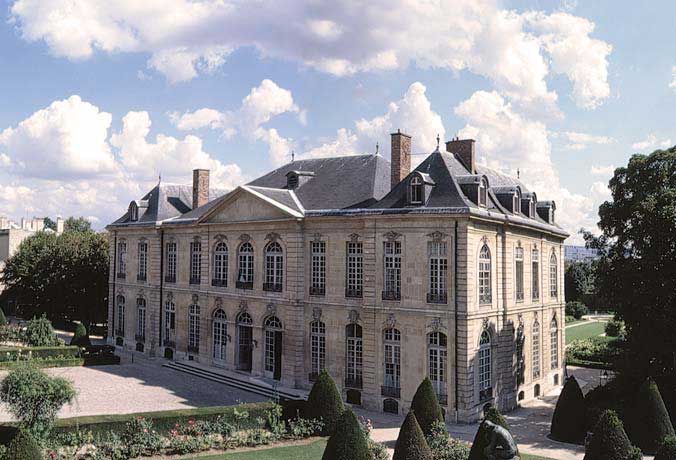
Musée Rodin September 2023



